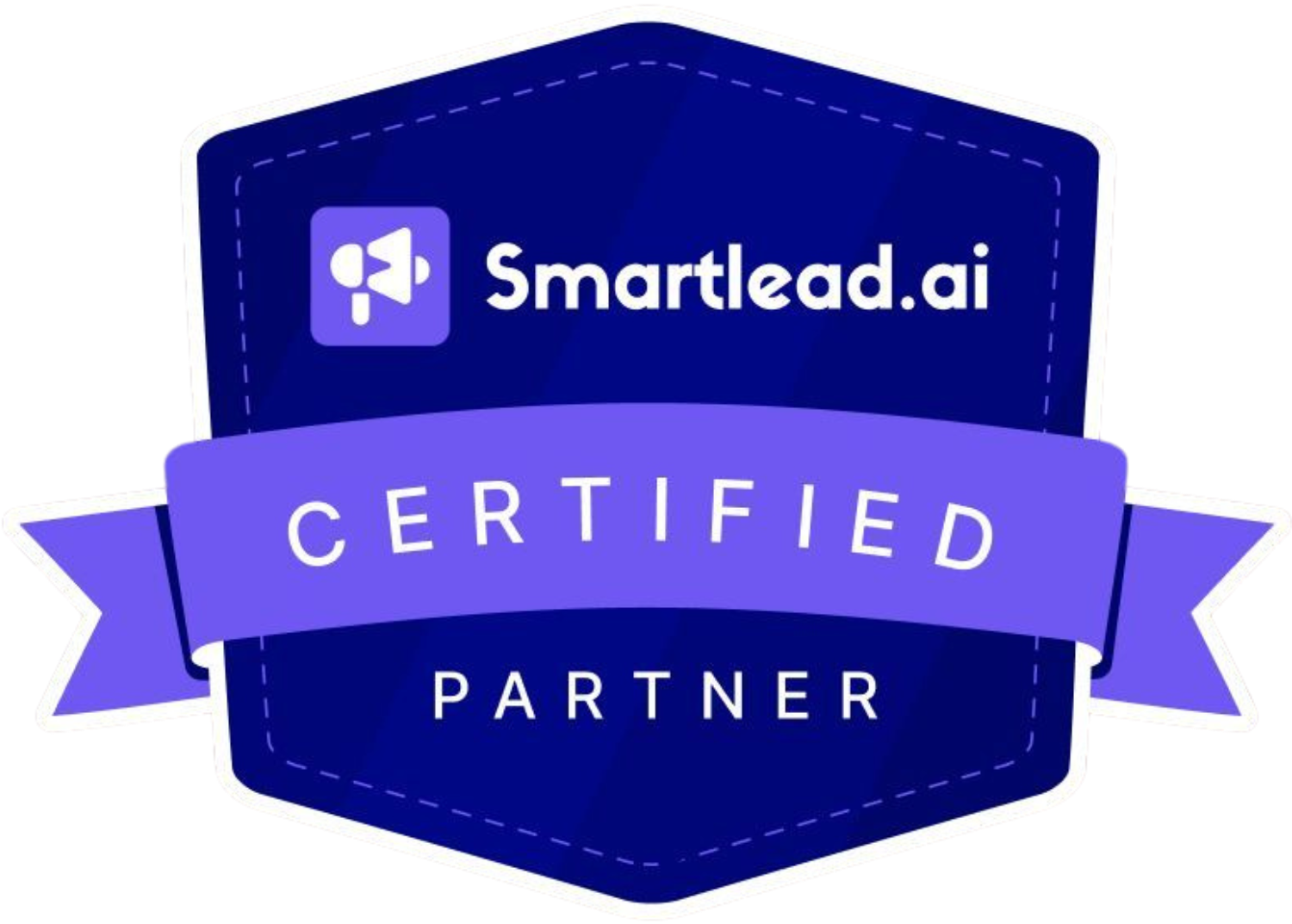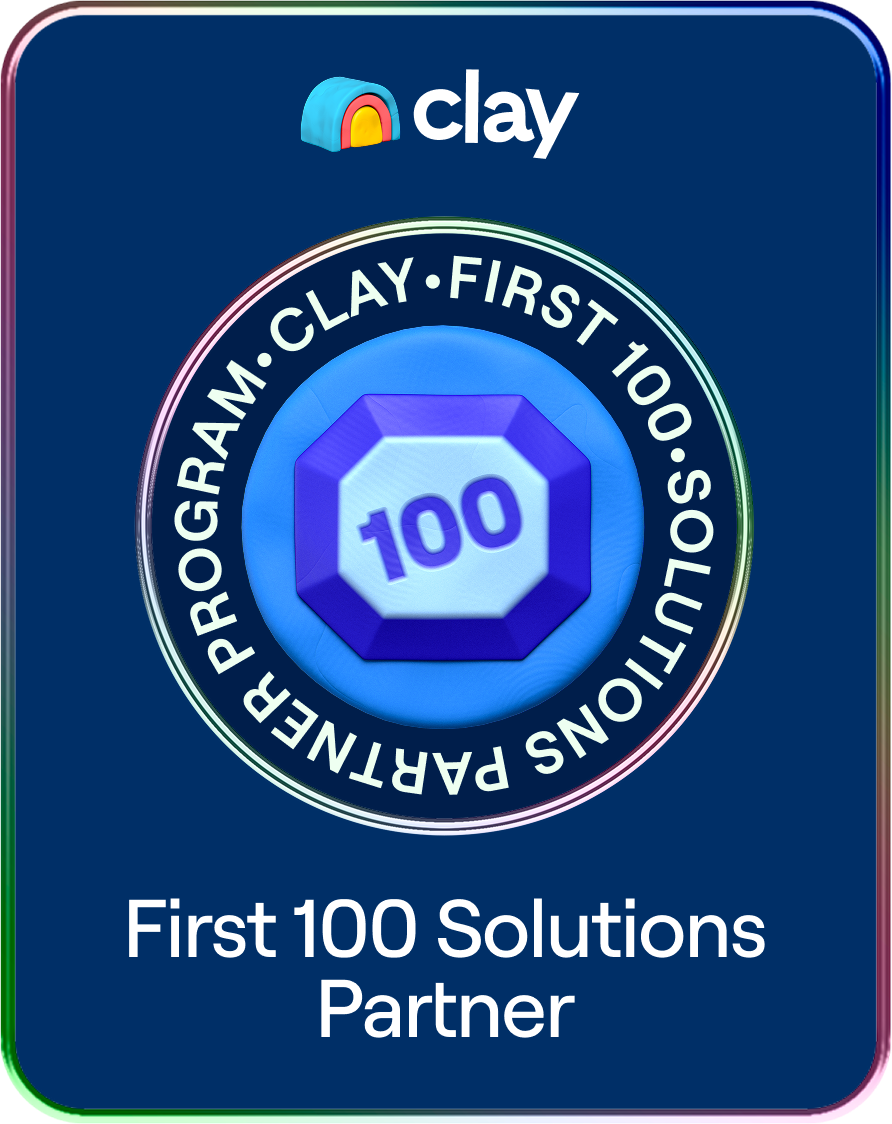%20(6).jpg)
10 Best Landing Page Practices For Lead Generation in 2024
Stay ahead of the curve in 2024 with our comprehensive guide to the top 10 landing page practices for boosting your lead generation.
Why An Effective Landing Page Is Important For Lead Generation
There’s loads of information out there guiding you on the best practices for landing pages. However, it is important to look beyond all the hype and buzzwords and focus on a few fundamental principles that can genuinely give your landing page the facelift it needs and deserves.
However, information overload is all too real, so we have simplified it for you.
Read our blog for the ultimate guide on the 10 best landing page practices you should implement in 2024. Let’s begin!
WHAT IS A LANDING PAGE?
A website’s landing page is a standalone web page designed with a single focused objective, be it to boost conversions, build trust, or attract more visitors to the website. It’s usually considered the first point of interaction for potential customers wanting to engage with your business.
When your landing page is optimized correctly, it can efficiently guide visitors toward your desired action, whether signing up for a newsletter, purchasing, or exploring something new. In turn, this increases conversion rates, helping you achieve your business goals more effectively.
There are two primary types of landing pages:
- Lead generation (lead gen): These landing pages aim to collect user data, like name and email address, by offering something valuable in return, such as a free trial, webinar registration, or a downloadable resource. This data can then be used for future marketing efforts.
- Click-through: On the other hand, click-through landing pages primarily persuade visitors to click through to another page, a tactic usually used for e-commerce funnels. There will usually be detailed information about the product or service before directing visitors to checkout or sign-up pages.
Both landing page types are essential in guiding potential customers through different stages of purchase or engagement.
LANDING PAGE STRATEGY AND HOW IT WORKS
To effectively track the success of your efforts on your landing page, a three-step strategy is crucial: Funneling, the Landing Page, and Conversion.
Firstly, funneling is about designing a visitor journey tailored to your target audience, aiming to convert them into leads or customers. This involves creating an attractive, persuasive landing page with a clear, strong call-to-action, constantly optimized through A/B testing. We will discuss this in detail later.
Secondly, as we discussed before – the landing page itself is the centerpiece of your strategy, acting as a campaign-specific web page with a singular focus on the call-to-action, and it will not include any external navigation options.
Finally, we come to your ultimate goal – conversion. This is the process where your potential customers will complete the desired action – be it signing up for a newsletter or subscribing to monthly packages, turning them into paying customers.
10 BEST LANDING PAGE PRACTICES FOR 2024
Optimizing a landing page involves several best practices, each playing a key role in converting visitors to customers:
1. Setting a clear CTA (Call to Action):
The CTA is the focal point of your landing page. It should be specific and action-oriented, guiding the visitor towards the desired action. For example, “Download Your Free E-book” is more effective than a generic “Click Here,” as it clearly states what visitors will get. The CTA should also be visually distinct, using a color that stands out from the rest of the page.
2. Strong Copy and Content:
The copy on your landing page should be concise, engaging, and focused on the benefits to the user. No one likes to read through too many vague instructions or actions! Use language that resonates with your target audience and addresses their pain points or needs. For a tech product, emphasizing “Innovative Solutions for Your Business” can be more appealing than simply listing features.
3. Great Visuals:
A website or landing page that looks aesthetically pleasing can naturally attract visitors right from the start. A well-designed landing page with an appealing color palette can significantly increase engagement from your potential customers. Certain colors can evoke specific emotions or actions; for example, blue can convey trust, while orange is often used for call-to-action buttons. The overall design should be clean and uncluttered, making it easy for visitors to focus on the key message.
4. Structure and Layout:
A well-structured layout ensures that important information is immediately visible. You will find the term “Above the fold” thrown around a lot in this context. It refers to the portion of the webpage visible without scrolling; this is where you should place your main message and CTA. Having a clear, uncluttered, logical structure is easy on your visitor’s eye and pushes the natural flow of content.
5. Images:
Images should be high-quality and relevant to your product or service. They can quickly convey emotions and context, making the page more engaging. For example, a travel site can use images of exotic destinations to evoke a sense of adventure.
6. Video Content:
Videos are an excellent way to explain complex products or services. They engage users more effectively than text or static images, often simplifying more intricate concepts. For example, if you’re selling a sophisticated home automation system, a brief video demonstrating how it integrates various home devices can be more effective than a lengthy written explanation. This approach allows potential customers to grasp the product’s benefits and functionality quickly, speeding up their decision-making process.
7. Mobile Optimization:
With life constantly on the move, everyone uses their mobile phones for almost everything now – so your landing page needs to excel on all types of smart mobile devices. This requires a responsive design that adjusts to various screen sizes and offers touch-friendly navigation. Remember, mobile users often have smaller screens, limited interactivity, and slower load times. To enhance mobile conversion rates, adapt your landing page for these constraints. Optimize layouts, make CTAs prominent, and adjust image sizes for a smoother, more efficient mobile user experience. This approach ensures that your page is as effective and user-friendly for someone on the go as it is for desktop users.
8. Include Authentic Social Proof:
Your visitors are likely to be skeptical of standard marketing language – after all, they’ve probably seen it all before. No matter how impressive your product or service is, adding real testimonials from happy customers and community members can lend a genuine touch that even the finest marketing copy can’t match. However, vague reviews from “Jane Doe” or “Anonymous” won’t cut it. Make your testimonials more relatable by including details like full names, job titles, locations, purchase dates, photos, or even videos. This personal touch can make these endorsements far more believable and impactful.
9. Constant Testing:
Regular A/B testing (comparing two page versions to see which performs better) allows you to optimize every landing page element. Wondering if your headline isn’t resonating or whether to rearrange your form questions? Perhaps there’s a debate about changing your CTA button to a bold fluorescent pink? The best approach is to test these changes first and rely on actual data from these tests to guide your decisions.
10. Keep It Fast:
Page load time is critical; a delay of even a few seconds can increase bounce rates. Ensure your landing page is optimized for speed by compressing images, minimizing code, and using fast hosting services. A quick, smooth experience keeps the user’s attention and reduces frustration.
B2B Landing Page Best Practices
If you’re in the B2B (business-to-business) sector, there are specific strategies you can use to make your landing pages more effective in addition to the ones we have recommended.
Since each landing page should focus on a single CTA, it’s best to create a dedicated page for every campaign message in your marketing plan. Directing prospects to these targeted pages helps them focus solely on the product or service you’re promoting. Adopt the practice of using a new landing page for every unique CTA. This approach streamlines the customer journey, guiding prospects along a clear, focused path.
Also, remember the power of social proof. People often trust recommendations from others they know or regard as experts. Including testimonials or certifications on your landing page can boost your credibility and make your offerings more appealing. Other effective testimonials include customer feedback videos, statistics of your success, or expert demonstrations.
Additionally, a complicated or slow checkout can lead to customers abandoning their carts. To ensure your customers complete their purchases, focus on making the checkout experience quick and straightforward. Keep the page load time minimal and optimize the process for all device screen sizes. These may seem like small details, but they’re vital for converting visits to your landing page into successful transactions.
MAXIMIZE CONVERSIONS IN 2024
In conclusion, mastering these 10 best practices for landing pages in 2024 is crucial for any digital marketer looking to boost conversions and stay ahead of the game.
Remember, the digital landscape is ever-evolving, and keeping up with the latest trends can be challenging. That’s where Reachly comes in – your go-to agency for staying up-to-date with the latest in B2B lead generation. With our help, you can innovate and adapt to the changing dynamics in digital marketing and stay ahead of your competition.
Contact us today for a free consultation – no strings attached.

I hod spent the last 11 years in corporate management around sales and growth marketing. His areas of expertise include lead outomation, lead generation, Linkedin optimization, soles funnels and growth marketing. I hod serviced over 500 butinesses to seale their revenue operations and build better pipolines.


%20(1).jpg)
%20(2).jpg)
%20(3).jpg)











